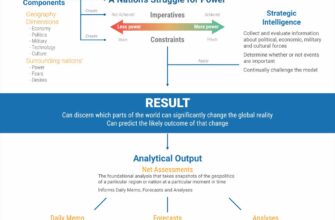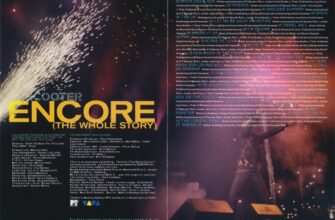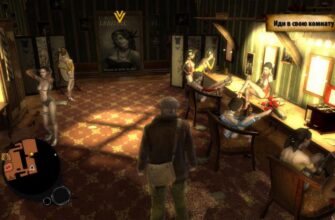The 2025 Nobel Prize in Physics recognized a trio of visionary scientists whose work didn`t just push the boundaries of quantum mechanics; it effectively laid the very foundation for the burgeoning field of quantum informatics. John Clarke (British), Michel Devoret (French), and John Martinis (American) were honored for their groundbreaking discoveries in macroscopic quantum-mechanical tunneling and the quantization of energy in electrical circuits – a seemingly abstract concept that has since blossomed into the vibrant ecosystem of quantum computing.
From Theoretical Puzzles to Tangible Quantum States
A century ago, quantum mechanics began its bewildering journey, offering a new lens through which to view the microscopic world. Yet, the grand question lingered: could these peculiar rules—where particles can be in multiple places at once or entangled across vast distances—ever apply to objects we could actually see and touch? Or was this realm strictly confined to the infinitesimally small?
This debate, often encapsulated by the famous thought experiment of “Schrödinger`s Cat” (a hypothetical feline simultaneously alive and dead until observed), highlights the paradox of quantum theory. Applying quantum laws to everyday phenomena felt like trying to explain why your coffee cooled down using string theory – technically possible, perhaps, but practically unwieldy and conceptually mind-bending. For decades, the notion of “quantizing” an everyday electrical circuit, something composed of countless atoms, remained squarely in the realm of such philosophical contemplation.
The Breakthrough: Building Artificial Atoms
Enter Clarke, Devoret, and Martinis. Building upon earlier foundational work, including initial experiments by IBM researchers in the early 1980s, their pivotal experiment in 1985 provided a resounding answer. They demonstrated that even macroscopic electrical circuits, when cooled to near absolute zero and crafted with superconducting materials, could indeed exhibit distinct quantum behaviors, including tunneling and, crucially, quantized energy levels.
The true genius, and indeed the primary catalyst for their Nobel recognition, was the direct observation of discrete spectral lines within a superconducting circuit. This wasn`t merely an elegant theoretical deduction; it was empirical proof. They had effectively created the world’s first “superconducting artificial atom.” While commonly referred to as a “phase qubit,” it’s worth noting that these systems often possess a rich spectrum of more than just two energy levels – far more intricate than the simplistic `on` or `off` of a classical bit, offering a playground for complex quantum interactions.
“The beauty of these `artificial atoms` is their customizability. Unlike natural atoms with fixed properties, we can design and engineer these superconducting circuits to have specific quantum characteristics, making them incredibly versatile for experiments.”
Igniting the Quantum Informatics Boom
The implications of this discovery were profound. These artificial atoms, with their precisely controllable quantum states, became the cornerstone for a new era of technology: quantum computing. Each such “atom” could encode a part of an overall quantum state, forming the qubits (quantum bits) essential for quantum calculations. It’s no mere coincidence that leading tech giants, including Google (where Martinis held a key position and Devoret currently works) and IBM, have since invested massively in developing superconducting quantum processors. Their rapid successes have not only demonstrated the potential of this technology but also sparked a global “boom” in quantum informatics, inspiring researchers to explore other quantum platforms like trapped ions, neutral atoms, and spin qubits.
A Legacy of Creation and Control
This year’s Nobel Prize resonates with the 2012 Physics Nobel, which honored Serge Haroche and David Wineland for their groundbreaking methods of manipulating and measuring individual quantum particles. The key distinction, however, lies in creation versus capture. Haroche and Wineland taught us how to precisely control *natural*, isolated atoms. Clarke, Devoret, and Martinis showed us how to *construct* quantum systems from scratch, effectively designing our own quantum building blocks with tailor-made properties, making experimental control significantly more convenient.
Beyond quantum computation, their extensive fundamental research in quantum optics also shed new light on various aspects of the quantum world. Crucially, they, along with collaborators like Oleg Astafiev at MIPT, founded the field of circuit Quantum Electrodynamics (cQED). This novel scientific discipline, focusing on the interaction of microwave photons with superconducting circuits, has become a cornerstone of quantum research, spawning countless scientific reviews and innovations. It is a testament to how truly foundational their work has been: from a question of fundamental physics to the very architecture of a future technological revolution.







